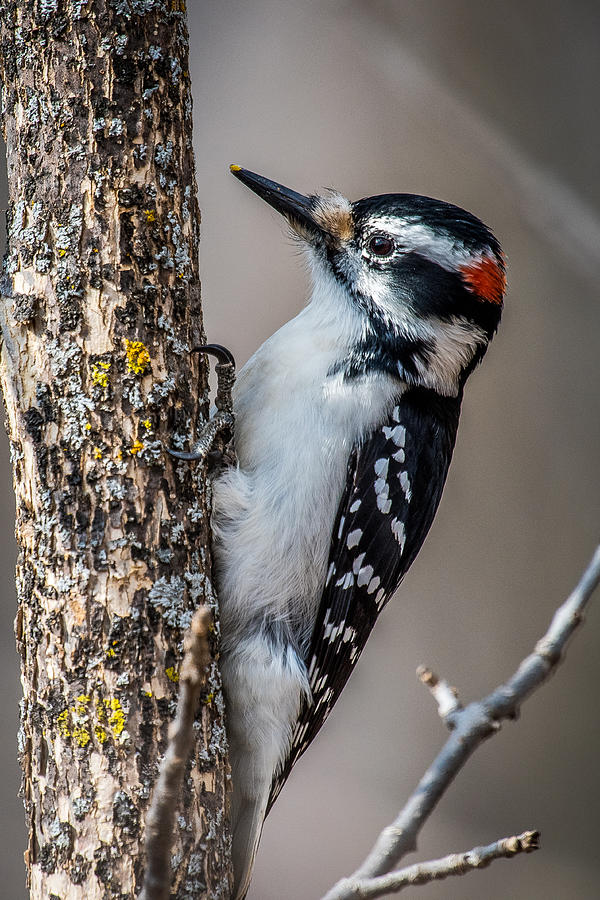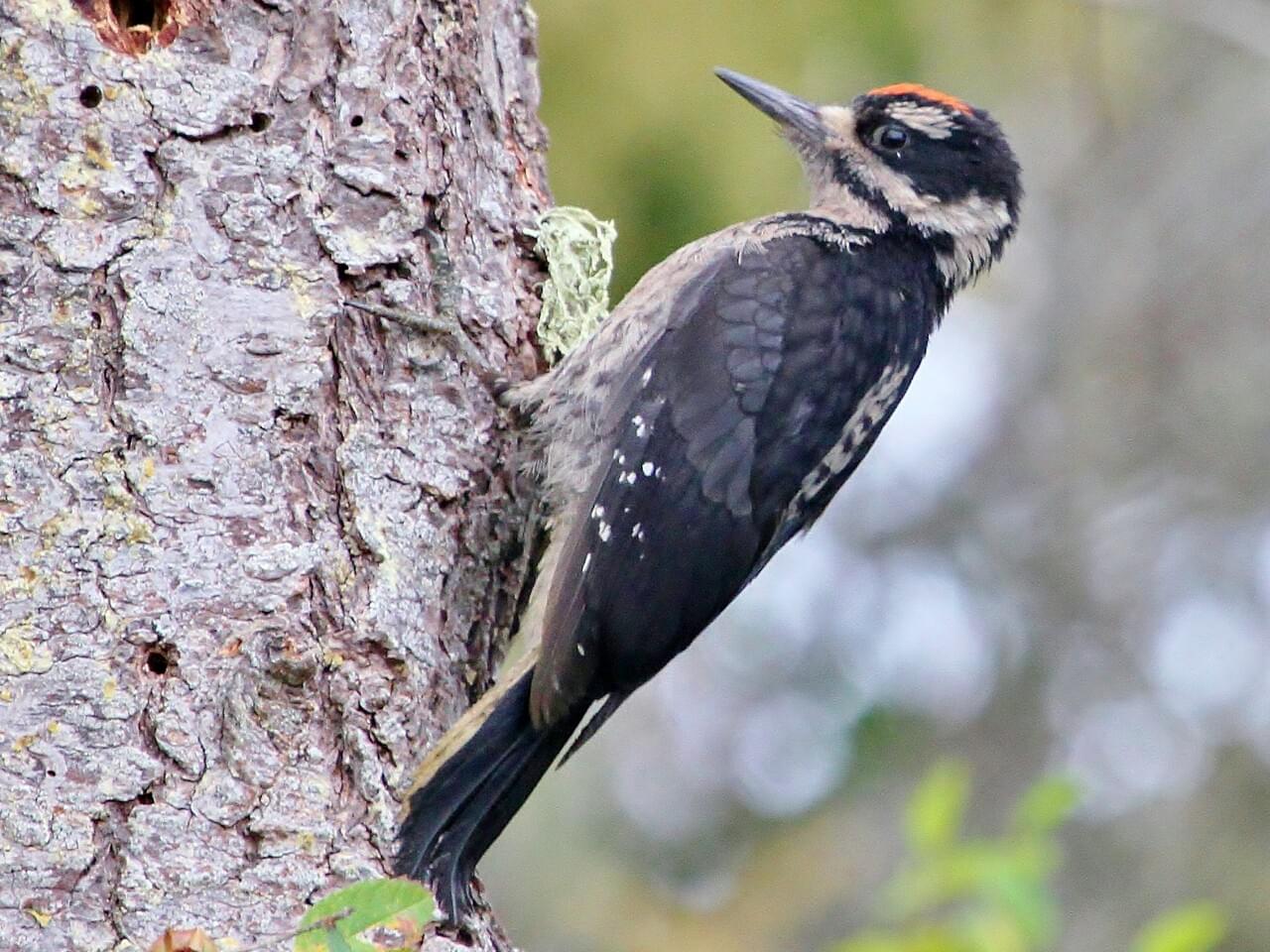

World's oldest and largest ornithological societies, AOS produces scientific publications of the highest quality, hosts intellectually engaging and professionally The scientific understanding of birds, enriching ornithology as a profession, and promoting a rigorous scientific basis for the conservation of birds. The description to follow is taken from the AOS Home Page.ĪOS - The American Ornitholgy Society is an international society devoted to advancing That could be seen by an individual birder in one calendar year. It was with this list that all the competing birders used in an attempt to set a new record as to how many bird species
#Hairy woodpecker movie#
You may beĪware of the movie called the "Big Year". This is the list used by all serious birders over their lifetime. Regular revised versions are posted to keep the bird list current at all times. Official records of all birds species that have been proven to have been seen inside the perimeters of the North American Continent and the surrounding bodies of Here, bird species names areĪvailable in other languages, a great asset to be used as a translation of foreign bird names.ĪBA - American Birding Association This site represents an organization that maintains With a complete list of bird species, broken down per country, or in the example of the US or Canada, per state and province. Welcome to our new website! Have a look around, and learn how you can help ensure that the wildlife remains part of what itĪvibase - the world bird database This site provides the user With wildlife through the original series.
#Hairy woodpecker series#
Re-launched in 2003, the new series serves to rebuild the connection thousands of viewers made For more than 50 years, Hinterland Who’s Who has proudlyīeen bringing Canada’s iconic wildlife directly into Canadians’ homes. It all started in 1963, with black-and-white vignettes about the loon, the moose, the gannet and the beaver. Welcome to the Web site for Hinterland Who's Who Knowledge on the possibilities of where and what birds might be present are included. Whether it be by regions, habitat, appearance or maybe colour. Each of these links offer the user different methods to identify birds, Same sites are a great asset to seeking out knowledge on birds in other regions of the world.

These are links to websites pertaining to the different birding institutions, societies and organizations here in North America. Return to Birds of North America Home Page To form cavities for their young and for their own night time roosting quarters. Nesting: Four to five white eggs, one to two broods per year, depending on the circumstances. Voice: Single call notes, sounding like "peek", rapid lyric-type chattering, and rapid drumming using branch stubs, utility polesĪnd even metal objects, to define their territories. Males have two red occipital or nuchal patches on the back of their crowns.īoth birds have bold superciliums above their eyes, large white areas from their nape to the tail feathers. Mountain range, show a darker sooty to browner plumage. It prefers coniferous and deciduous forests.ĭistinctions: The male and female are similar in appearance, mostly black and white. It is almost identical to the Downy Woodpecker, except for being a larger bird in appearance, with a larger and longer bill compared to Species: The Hairy Woodpecker (Picoides villosus) is one of the most common and widespread woodpeckers seen in North America.


 0 kommentar(er)
0 kommentar(er)
